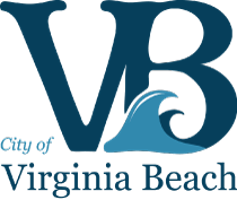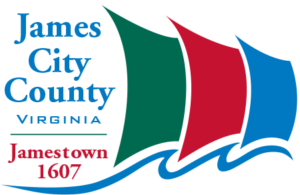Services Provided
- EnergyCAP Utility Management
- Carbon Hub
- API integrations
- Utility tracking
A century-old city leading with innovation
Founded in 1925 and home to 50,000 residents and 8,000 businesses, the City of Coral Gables, Florida is often recognized as “The City Beautiful.” With a 45% tree canopy, 47 miles of coastline and waterways, and a rich heritage of urban sustainability, the City has consistently invested in balancing growth with environmental stewardship. Coral Gables is also one of only three cities in Florida with a AAA bond rating, enabling it to fund ambitious long-term sustainability and resiliency initiatives.
In 2014, the City launched its first Sustainability Management Plan, setting measurable 10-year goals across energy, water, transportation, waste, and greenhouse gas reduction. Today, as it prepares for its next plan, Coral Gables is celebrating milestone results—including a 24% return on sustainability investments and exceeding reduction goals for electricity, water, and greenhouse gas emissions.
The challenge
Managing data across a complex city
Like many municipalities, Coral Gables faced challenges tracking and communicating sustainability progress. Data lived in spreadsheets or was siloed across departments, making it difficult to:
- Track real-time utility usage across facilities.
- Monitor progress toward greenhouse gas and water reduction goals.
- Communicate results transparently to stakeholders and the public.
- Integrate sustainability data with smart city initiatives, including transportation and infrastructure.
As Assistant Director of Mobility and Sustainability Matt Anderson put it, “Our job is all about collaboration. We needed a way to bring all the pieces together. Not just for internal operations, but to tell our story to residents and leadership.”
“Our job is all about collaboration. We needed a way to bring all the pieces together. Not just for internal operations, but to tell our story to residents and leadership.”
Matt Anderson // Assistant Director of Mobility and Sustainability
The solution
EnergyCAP + Smart City Innovation
To modernize data management, Coral Gables adopted EnergyCAP to automate utility tracking and connect sustainability performance with its cutting-edge Smart City Hub and Digital Twin.
With EnergyCAP, the City is now capturing and analyzing:
- Electricity, water, and fuel data across departments.
- Waste and recycling streams, including industry-leading recycling contamination rates of just 8% (compared to 40–50% in most cities).
- Carbon emissions, automatically fed into the Carbon Hub for easier reporting.
EnergyCAP’s API integration is enabling Coral Gables’ IT team to visualize energy and emissions data in 3D within its Digital Twin—a virtual model of the city that also includes real-time transportation data, land management, and urban forestry inventories.
According to IT Analyst Javier Fernandez, “Our vision is to represent energy use and sustainability data in a 3D visualization of the entire city. With EnergyCAP’s API, we can make that happen.”
“Our vision is to represent energy use and sustainability data in a 3D visualization of the entire city. With EnergyCAP’s API, we can make that happen.”
Javier Fernandez // IT Analyst
Results and measurable impact
The City has achieved measurable results that demonstrate both environmental and financial impact:
- 20% reduction in electricity use achieved through LED retrofits, high-efficiency HVAC upgrades, and aggressive building replacement plans.
- 22% reduction in water use thanks to low-flow fixtures, WaterSense products, and automated irrigation leak detection.
- 20% reduction in community greenhouse gas emissions since its baseline year (2013).
- 77 electric vehicles now comprise over 12% of the City fleet, supported by 56+ charging ports and more than 90,000 charging sessions annually.
- Over 250 community events led through the “Keep Coral Gables Beautiful” initiative, engaging thousands of volunteers in cleanups, plantings, and beautification projects.
Building resilience for the future
In addition to sustainability, Coral Gables is proactively addressing climate resilience. The City has established a Sea Level Rise Mitigation Fund, projected to reach $100 million by 2040, to fund adaptation and mitigation projects.
Partnerships with local universities and the integration of IoT sensors provide hyper-localized data on water quality, storm surge, and climate impacts. This data is shared openly with residents through the Smart City Hub, promoting transparency and trust.
As IT Manager Mark Hebert explained, “This platform isn’t just about data. It’s about telling our story—showing residents, businesses, and leaders the impact of the work we’re doing.”
“This platform isn’t just about data. It’s about telling our story—showing residents, businesses, and leaders the impact of the work we’re doing.”
Mark Hebert // IT Manager
Looking ahead
Coral Gables continues to expand its Smart City Hub and Digital Twin, integrating more datasets and building greater transparency. With EnergyCAP at the center of its utility and carbon management strategy, the City is well positioned to achieve its next decade of sustainability goals while serving as a global model for innovation.











